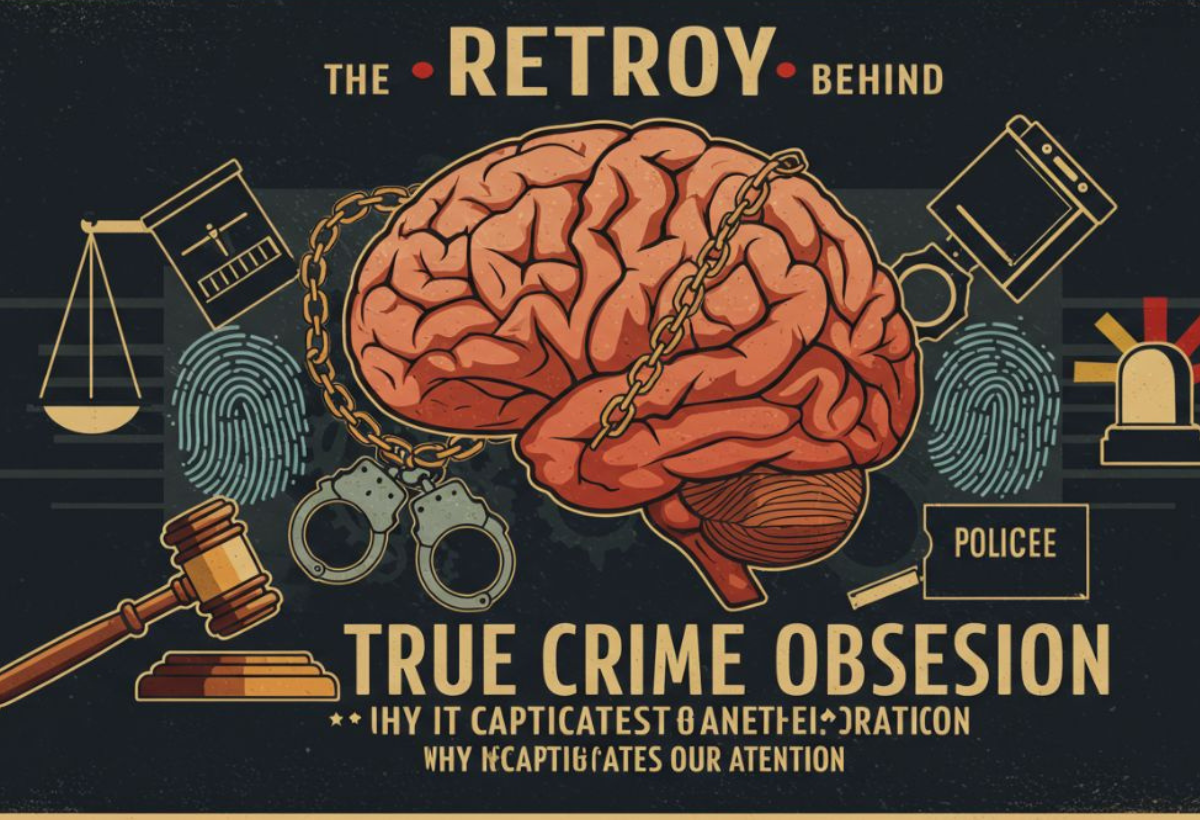
Incestflox is a rising digital term that has captivated, confused, and challenged online communities. At its core, it represents the intersection of taboo relationships, ideological echo chambers, and the evolving digital subcultures that thrive on self-reinforcing narratives. While its roots may be controversial, the conversation surrounding Incestflox reflects broader cultural discourse about freedom of expression, social isolation, and the impact of internet culture.
More than just a buzzword, Incestflox highlights how niche online cultures develop unique languages and frameworks. The term itself merges the concepts of incest (symbolizing closed systems or tightly knit ideas) and ‘flox’ (an influence flow), reflecting how insular digital spaces reinforce their beliefs. This phenomenon isn’t necessarily about relationships in the literal sense but focuses more on digital tribalism and the creation of ideologically insular spaces. The result? A new way to understand cultural connectivity and fragmentation in our digital age.
The Evolution of Incestflox Through the Lens of Social Media
The rise of platforms like Twitter, TikTok, and other user-generated platforms helped push Incestflox into public discourse. These platforms allow for the viral dissemination of both mainstream and fringe ideas, amplifying controversial narratives with little friction. Social media dynamics, especially the algorithmic amplification mechanisms, create ideal environments for echo chambers to flourish, reinforcing niche beliefs and fostering unique subcultures.
As digital communities grew, so did their complexity. Online forums and user-centric spaces offered refuge to voices seeking solidarity and alternative viewpoints. While some saw Incestflox as troubling, others found it a form of expression and self-discovery. Its evolution is not just a story of conflict but one of resilience, creativity, and digital identity construction. It showcases the power of the internet to birth cultural ideas that challenge norms while still building communities.
Controversy and Culture: Why Incestflox Sparks Public Debate
Incestflox challenges established societal norms, leading to passionate debates across cultural commentators, lawmakers, and advocacy groups. Some view it as a problematic trend, associating it with unethical implications or psychological implications. Others argue that exploring such ideas in safe digital environments encourages cultural conversations that are long overdue. This duality makes the topic simultaneously magnetic and polarizing.
This tension mirrors the friction between traditional values and the evolving nature of online expression. Activists and content creators often leverage their platforms to question outdated frameworks, while moderators and platforms face the ethical dilemma of drawing boundaries. In a world where public perception evolves rapidly, Incestflox remains a powerful reflection of our collective struggle to balance innovation with responsibility.
How Incestflox Challenges Societal Norms
Incestflox invites society to rethink long-standing taboos, especially in the context of digital identity and online storytelling. It encourages freedom of expression and challenges rigid interpretations of what is considered acceptable discourse. Through performative behavior and layered narratives, communities explore themes often considered too sensitive for traditional media.
This shift reveals a broader transformation in how we define community, identity, and expression. Where some see boundaries, others see possibilities. Digital subcultures built around Incestflox often engage with the concept not to promote harm, but to dissect emotional depth, trauma, and human connection in complex ways. The term acts as a metaphor for challenging norms rather than a literal proposition.
Incestflox vs. Expression: Where Do We Draw the Line?
The discussion around Incestflox underscores an essential question: where does open dialogue end and platform responsibility begin? As freedom of expression expands online, so does the complexity of content moderation. Platforms must decide whether to support radical storytelling and fringe perspectives or enforce controversial content policies that may silence marginalized voices.
Moderators are at the frontline of this battle, balancing ethical boundaries and user freedoms. Advocacy groups call for tighter regulations, while cultural commentators urge nuance and understanding. The digital space is still in flux, and drawing lines remains a collective responsibility. Every platform must assess its values and define what kind of engagement it wants to foster.
Myths and Misconceptions About the Incestflox Trend
Like many complex topics, Incestflox is often misrepresented. Some believe it actively promotes harmful behavior, but many digital communities engage with the concept to examine power dynamics, emotional tension, or societal expectations—not to encourage unethical actions. Debunking these myths is key to developing a healthier public perception.
Another misconception is that participants in Incestflox spaces are unaware of the broader cultural and ethical implications. In truth, many of these communities are intellectually engaged, using these conversations as tools for psychological exploration, artistic expression, or activism. Reducing it to shock value fails to capture its depth and diversity.
Role of Algorithms in Amplifying Fringe Ideas
Algorithms on platforms like TikTok and Twitter thrive on engagement. Unfortunately, this often means amplifying controversial ideas, including those related to Incestflox. The more polarizing the content, the more likely it is to be boosted—regardless of nuance or accuracy. This creates a digital echo chamber that feeds into itself.
This phenomenon illustrates the algorithmic bias toward extremes, resulting in narrative reinforcement that can distort public understanding. It also raises important questions about the responsibilities of tech companies. Should they redesign algorithms to favor critical thinking over sensationalism? Or should users be encouraged to diversify their content consumption consciously?
Moderation and Platform Policy: Who Holds the Power?
Content moderation is central to the Incestflox debate. Social media platforms must navigate the gray area between protecting users and allowing space for difficult conversations. This becomes especially challenging when digital communities exist across borders, legal frameworks, and cultural definitions.
Moderators and platforms wield enormous power in shaping what is visible or censored. While some users demand protection from potentially harmful content, others advocate for autonomy and adult agency. Balancing these perspectives is no easy task. Nonetheless, transparent platform policies, guided by ethical standards and community feedback, can pave the way forward.
The Psychology Behind Insular Online Communities
Understanding Incestflox means understanding the appeal of self-reinforcing communities. These insular digital spaces often form as a response to marginalization, offering individuals a place to belong. When mainstream discourse rejects certain narratives, niche communities step in to offer validation and safety.
This can foster connection—but also carries the risk of intellectual stagnation. Without the infusion of diverse perspectives, communities may spiral into digital tribalism, reinforcing ideas without challenge. Recognizing the psychological implications behind these patterns is key to promoting healthy engagement and avoiding harmful isolation.
Ethics, Legality, and the Future of Incestflox
The ethical controversies surrounding Incestflox highlight the complex interplay between cultural norms, legal frameworks, and digital rights. Laws regarding content vary globally, making it difficult to establish universal guidelines. What is considered offensive or dangerous in one culture may be accepted in another. This inconsistency complicates enforcement and understanding.
Looking forward, the future of Incestflox depends on how society chooses to frame and regulate it. Academic circles are beginning to examine it more seriously, moving beyond stigma to explore its psychological and cultural dimensions. With input from lawmakers, activists, and content creators alike, there’s potential to transform this contentious topic into a starting point for more inclusive and informed discourse.
Final Thoughts
Incestflox may be controversial, but it opens the door to critical conversations about digital identity, societal norms, and the power of community. As our digital world continues to evolve, so must our understanding of the narratives that shape it. With thoughtful engagement and platform responsibility, Incestflox can inspire cultural reflection and growth—not just controversy.
Let’s foster spaces where difficult topics can be explored responsibly, where ethical boundaries are respected, and where freedom of expression does not come at the cost of humanity. In doing so, we take one step closer to building a healthier, more compassionate internet culture for all.
Read Also:- .ydesi






